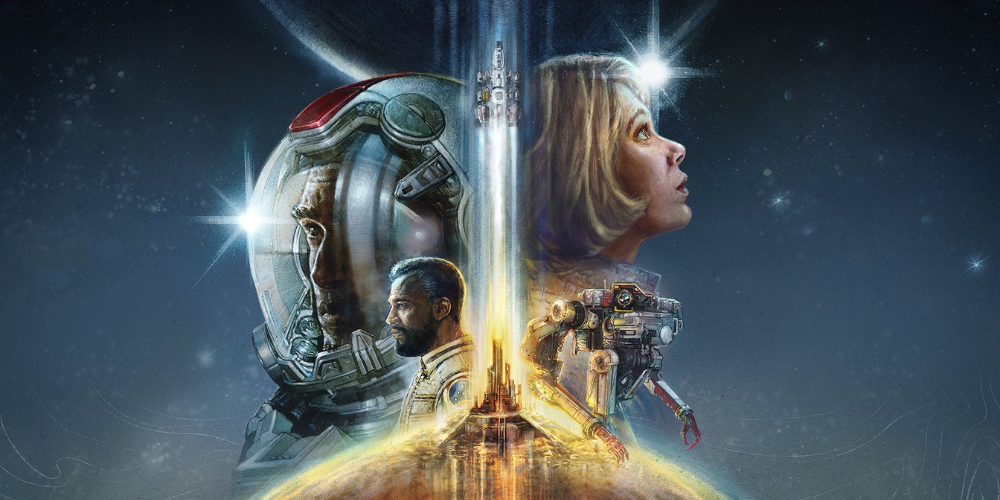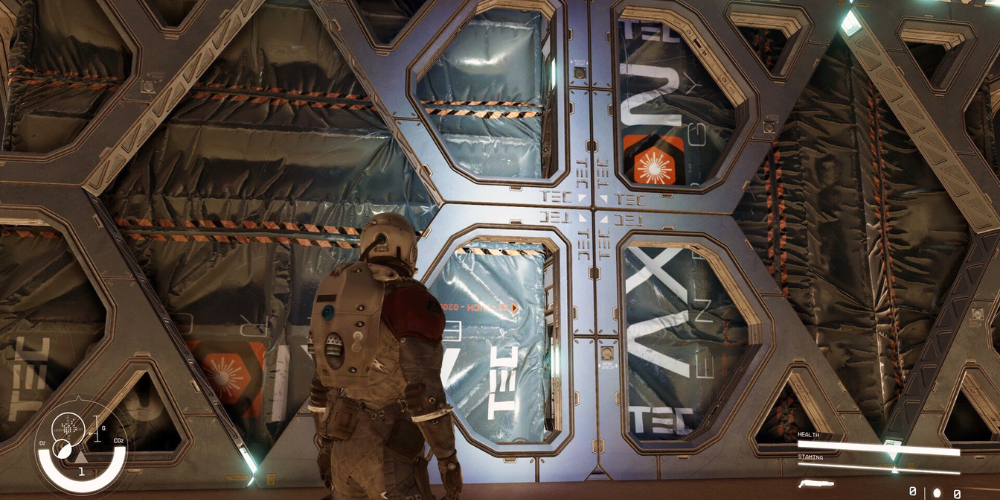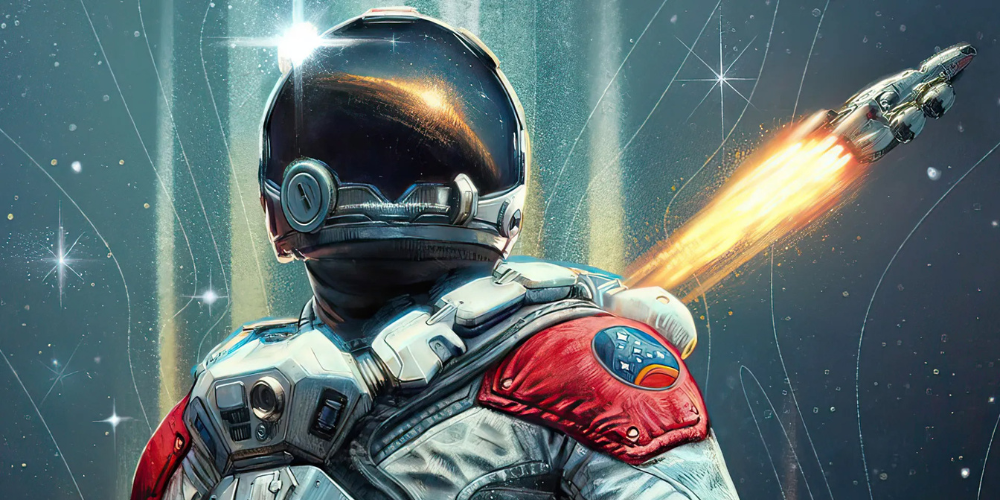Navigating New Horizons: Starfield's Revolutionary Journey in Sci-Fi Gaming

In the vast expanse of the gaming cosmos, a new star has risen, one that may well redefine the boundaries of science fiction within the gaming universe. Bethesda's latest venture, Starfield, is more than just another open-world RPG; it's a bold foray into the uncharted territories of space, offering players the chance to carve out their own destiny among the stars. This analysis delves into the ambition behind Starfield, its meticulous craftsmanship, and the potential ripple effect it may have on the future of sci-fi gaming. As we embark on this interstellar journey, we shall explore how Starfield's vision aligns with the gaming community's perennial quest for innovation and immersive storytelling.
Crafting the Cosmos: Starfield's Visionary Design

The advent of Starfield heralds a new chapter in the annals of science fiction gaming, one that is characterized by its sheer scope and the freedom it affords players. Bethesda's expertise in creating expansive, detailed worlds is no secret, but with Starfield, the studio has taken a quantum leap into the cosmic realm. The game's universe is meticulously designed, from the dusty surface of remote planets to the bustling spaceports that serve as hubs of interstellar trade and diplomacy. Every aspect of the game's environment has been thoughtfully curated to provide an authentic, engaging experience that stimulates the imagination and invites exploration.
Such an expansive universe does not come to life without its share of challenges. The developers have had to balance the grandeur of space with the nuanced details that make each planet, each space station, and each artifact feel alive and unique. This balancing act extends beyond visuals and into the realm of gameplay mechanics. The thrill of discovering new worlds is enhanced by the tangible, interactive elements that players encounter. For instance, the ability to scan and catalog the alien flora and fauna adds a layer of scientific inquiry to the adventure, while the necessity of space travel introduces complex navigation and potential space combat scenarios that demand strategic thinking and reflexes.
The Gravity of Narrative: A Story Among the Stars

At the heart of Starfield's ambition lies a narrative that is as vast as the universe it inhabits. The story weaves a tapestry of cosmic intrigue, ancient mysteries, and human endeavor that is both personal and universal in scale. Players are thrust into a role where they are more than mere spectators; they become key figures in an epic narrative that explores the role of humanity in the cosmos. This narrative ambition is not without its risks, as forging a compelling story within an open-world structure is an intricate dance between guiding the player and granting them the liberty to forge their own path.
The effectiveness of Starfield's story is grounded in its ability to engage players on multiple levels. It offers a main questline that is both gripping and laden with philosophical undertones, prompting players to consider the grander implications of their interstellar journey. Yet, it also provides a wealth of side missions and encounters that enrich the overall experience, offering narrative depth and diversity. Each planet, each character met, and each relic uncovered contributes to a living, breathing universe that is as enigmatic as it is familiar. Bethesda's commitment to voice-acted dialogue and nuanced character interactions further bolsters the narrative, creating memorable moments and forging emotional connections that endure beyond the screen.
Influencing the Future: Starfield's Legacy in Sci-Fi Gaming

Starfield's release marks a pivotal moment in the evolution of science fiction gaming, one that could influence the trajectory of the genre for years to come. Its ambitious blend of exploration, storytelling, and role-playing sets a new benchmark for what players can expect from a sci-fi RPG. By pushing the boundaries of scale and player agency, Starfield challenges fellow developers to think bigger and bolder when crafting their own cosmic odysseys. It demonstrates that there is a hunger for deep, richly textured universes that are ripe for exploration and filled with stories that resonate on a human level.
Moreover, Starfield's potential legacy extends beyond its gameplay and narrative. Its technical achievements, particularly the notable lack of bugs and glitches that often mar large-scale games, set a standard for quality and stability. This attention to polish not only enhances the player's experience but also raises the bar for industry practices. Developers may now be more inclined to invest the necessary time and resources to ensure their games are delivered with a high degree of refinement, recognizing that a smooth, immersive experience can greatly amplify the player's engagement and the game's longevity.
Conclusion
As we conclude our analysis of Starfield and its place in the pantheon of science fiction gaming, it's clear that Bethesda has not only reached for the stars but has also grasped them, offering players a universe teeming with possibility. Starfield's ambition is matched by its execution, creating a game that is both a love letter to the sci-fi genre and a blueprint for its future. Whether it will leave a lasting impact on the industry remains to be seen, but one thing is certain: the journey it offers is one filled with wonder, challenge, and the unyielding allure of the unknown. As developers and gamers alike gaze upon this new celestial body in the gaming galaxy, they can only imagine what worlds await discovery in the vast frontier that Starfield has so boldly charted.







